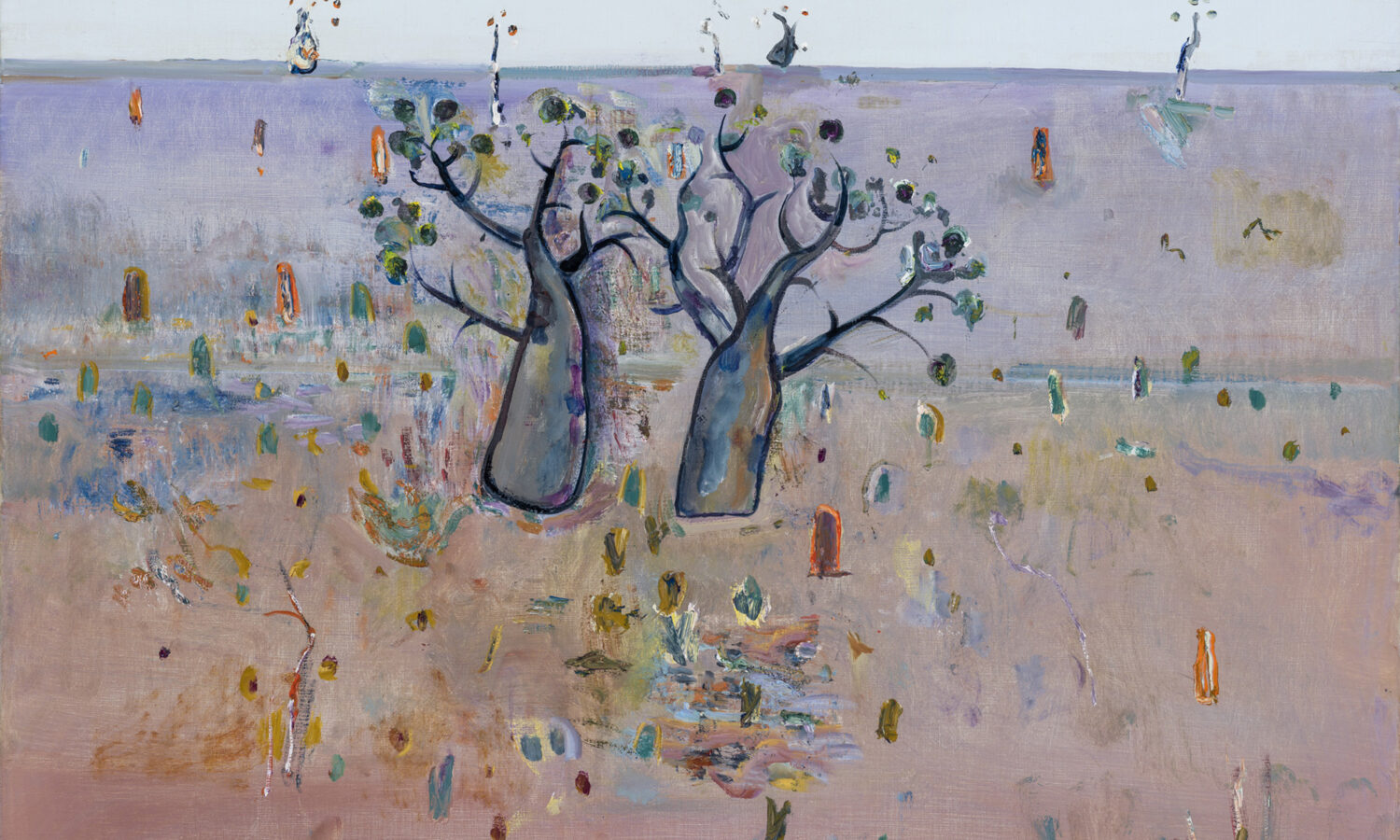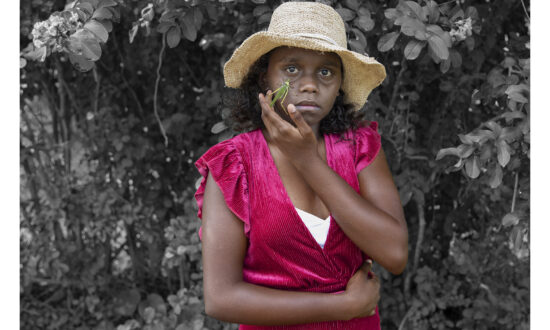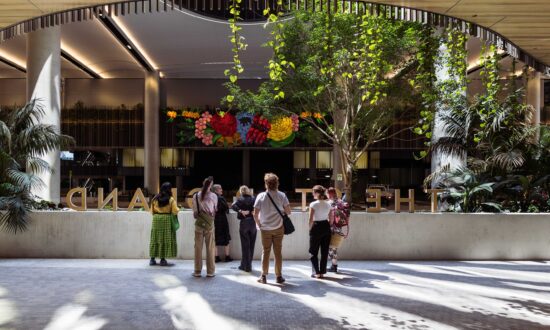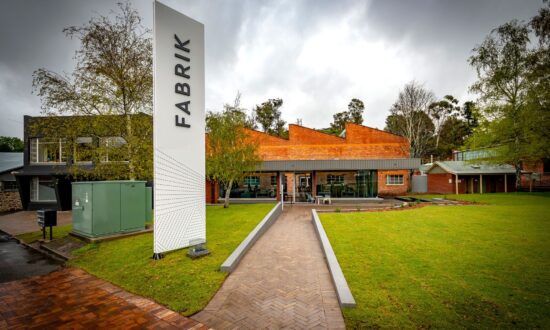Possibly the best-known series of Fred Williams’ paintings is that of the Pilbara, now in the collection of the National Gallery of Victoria. It was donated by the mining company Rio Tinto in 2001.
The initiative for the series was an invitation by the then chairman, Sir Roderick Carnegie, for Williams to visit the Pilbara region with a view to his company CRA (now Rio Tinto), acquiring a group of paintings if both were happy with the outcome. There were to be no restrictions on subject matter.
On his first trip to the region in May 1979, Williams was quite overwhelmed with the grandeur and scale of the country. As was his normal practice he set to, painting, drawing and photographing not only the mining sites but the geographic features and aerial aspects, the minutiae of the vegetation, the insect and bird life, the changing light and colour of its essential characteristics.
He worked around the Hammersley Ranges, Dampier on the coast and briefly in the Kimberley where it was abnormally wet that year in May. The unusual colours of the Kimberley paintings, basically blues, mauves and yellows, reflect the weather that year.
Following is his diary reference, his response to the first day in the Kimberley region:
“13 May 1979: We run into a squall – the pilot comes down out of it in a corkscrew turn and the sight at about 500 feet was brilliant- flocks of parrots and lines of brumbies running through the landscape. After we left the pilot flew out over Winjana Gorge. We were going out there, but the road was too wet. The Gorge is on the Lennard River (and is an old coral reef) looks like a toy from the plane – but quite magnificent. A day when my head is full of images.”
The first trip was brief so a few weeks later he returned to get a better feel for the country. He worked on in the studio over the next months until he had a number of gouaches for reference. These were put aside and finally, when well digested, almost two years later in March 1981 he began to paint a series of oils from them, a total of 28. They became his last works, painted in the final 12 months of his life.
Eventually CRA acquired 13 of the large oils and 18 gouaches that related most directly to their sites.
Williams put aside a selection of the Pilbara mining works for his own use, as well as a number of subjects related to the Kimberley, other aerial subjects that interested him such as the clay pans and aerial views of the dry riverbeds that reference Weipa.
It is these works, some of which have never been exhibited before, that comprise this exhibition. Some diary entries from 1981 give an insight into his working method:
“12 March: I work on a 6 x 5. It takes me all day to get a sort of underpainting on …
“16 March: I work on the Pilbara paintings and slowly but surely, I am inching them out. Another few weeks will see the basis down …
“19 March: I get into the studio early and work hard morning and afternoon … I have made an effort to use much thinner paint and extend the scale of the work …
“17 April: … I have a good surface on most of them and when I finish the series I hope to have a mixture of Pilbara, Kimberleys and Weipa.
“5 May: … I have found a new lease of life with them. I have increased the colour density on almost all of them and in this sense, they differ from any other series.
“4 June: I paint on a 6×5 using tubes of paint I bought from Alan Moore – W & N paints issued to war artists. The paint is probably 45 years old at least and in superb condition. I use cadmium scarlet in this particular case. The linseed oil had dried out so that it was in perfect condition … (an aerial view of dry river beds)

Get InReview in your inbox – free each Saturday. Local arts and culture – covered.
Thanks for signing up to the InReview newsletter.
“8 June: I work away in the studio and seem to be going reasonably well- at this particular pace the series will or should be finished soon … It has amounted to a major series for me and it will cover the average three-year period!”
Lyn Williams, Melbourne 2024. This essay appears in the catalogue for the exhibition Fred Williams: Paintings of the North-West, which continues at Philip Bacon Galleries in Brisbane until July 27. Lyn and Fred Williams were married in 1961. Fred Williams died in 1982 and his estate has been managed by Lyn since then.
Support local arts journalism
Your support will help us continue the important work of InReview in publishing free professional journalism that celebrates, interrogates and amplifies arts and culture in South Australia.
Donate Here




